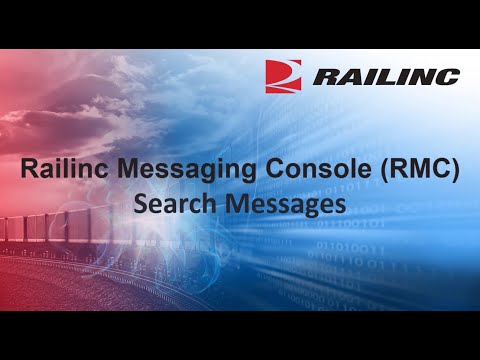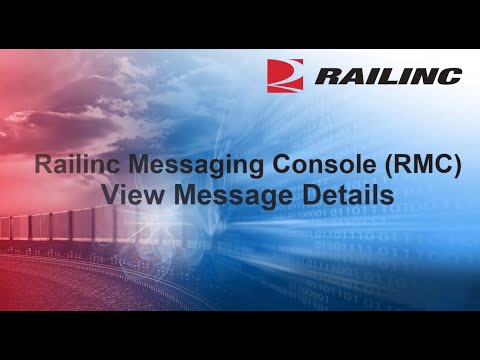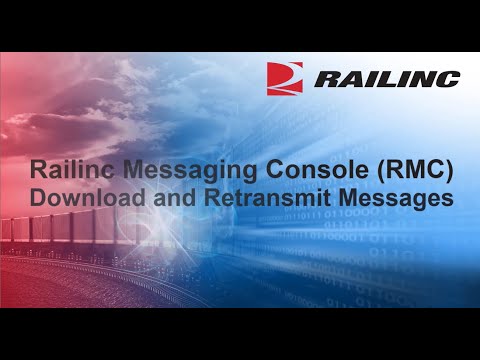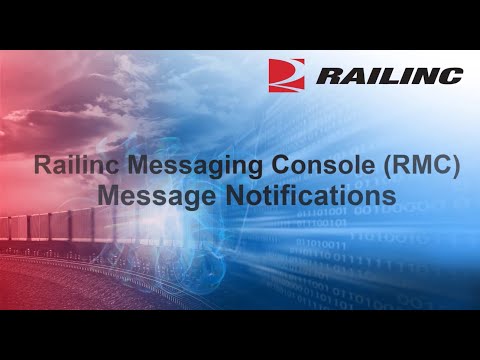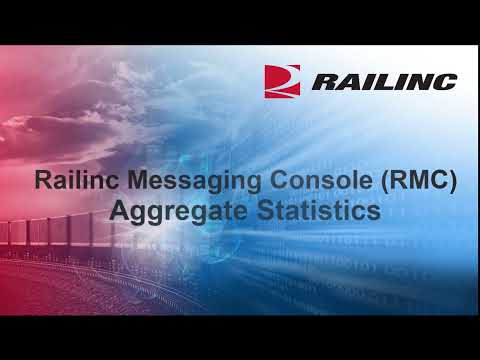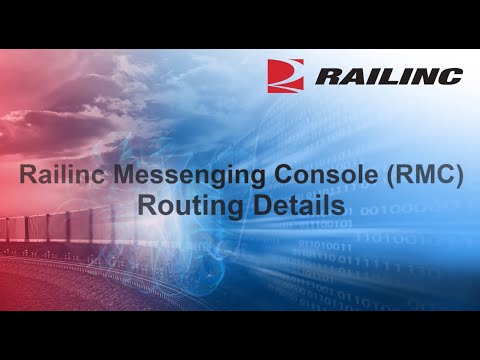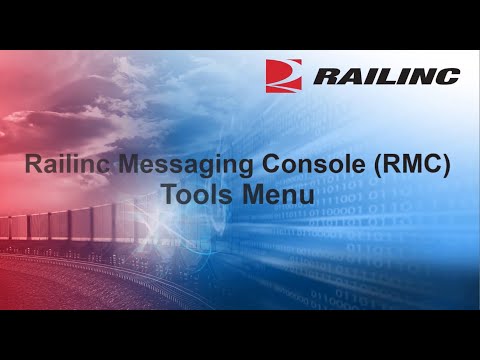Messaging Service is the central hub that moves millions of inbound and outbound transactions daily between railroads and their global trading partners, and through Railinc applications such as Umler®, RailSight®, Interline Settlement System®, Forward and Store, and the Damaged and Defective Car Tracking system.
Railinc also interconnects with other leading North American Value Added Networks (VANs) to help ensure the exchange of messages with virtually any trading partner’s network services.
In addition to message exchange, Messaging Service provides a messaging console along with integration services, including translation and implementation. For additional information contact the Railinc Customer Success Center (CSC) at 877-RAILINC (877-724-5462) or send an email directly to csc@railinc.com.
Railinc Messaging Console
The Railinc Messaging Console (RMC) enables customers to view messages sent and received through Railinc, retrieve information about message routing configurations and usage patterns, and look up information about trading partners.
Translation Services
Translations are provided in a seamless process, sending and receiving data in formats native to customer systems including XML, ERP, CSV, EDI documents and versions, and TRAIN messages.
Scroll down to access detailed technical information about Railinc's communication protocols, message formats, and connectivity options.
Messaging Implementation Services
There are two levels of implementation services:
Standard Onboarding is for customers with the technical expertise and staff to coordinate testing and confirmation directly with their trading partners.
Enhanced Coordination and Test is for customers who require more than standard onboarding. Railinc will define a message implementation project plan, which can include the following additional services:
- connectivity and security requirements verification
- coordination and scheduling of testing with trading partners
- coordination and scheduling of go-live events with trading partners

